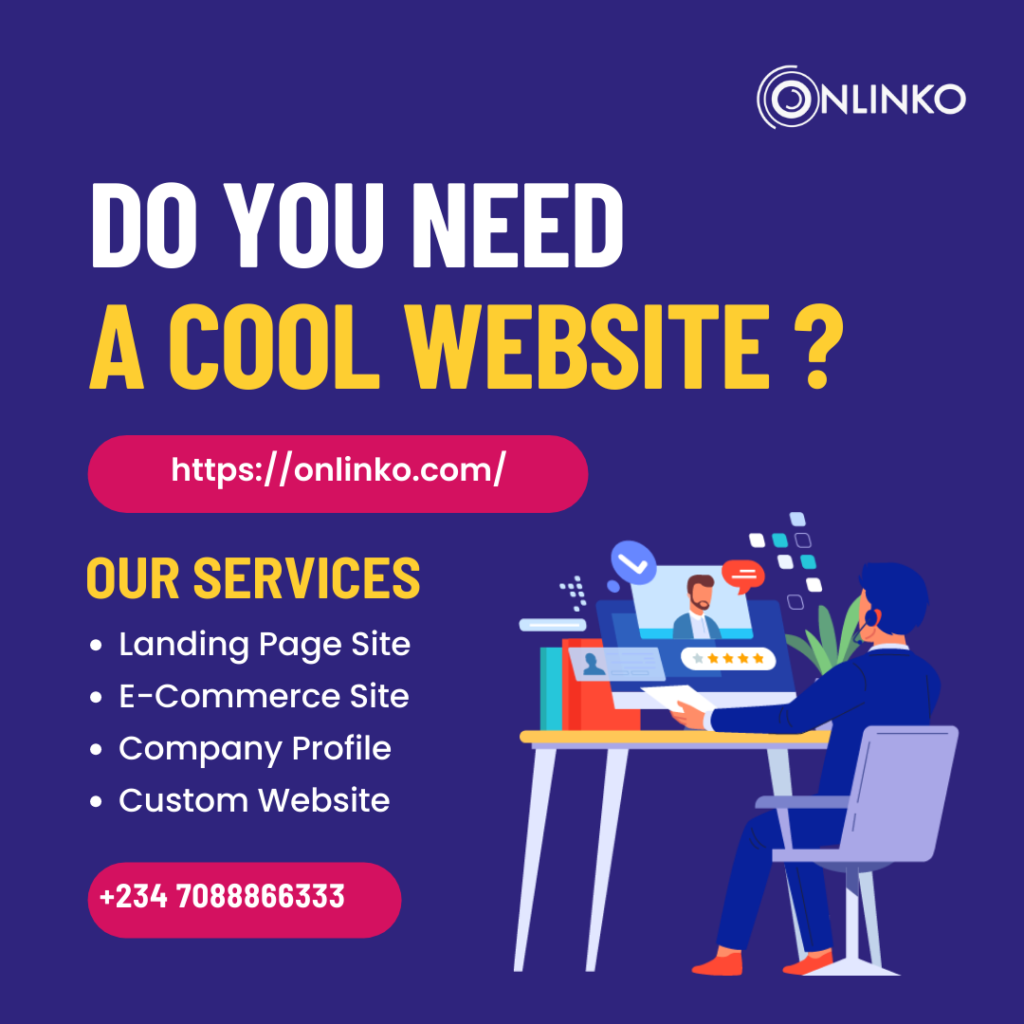Local SEO involves optimizing your online presence to increase visibility in local search results.
As a business owner, you understand the importance of attracting local customers. In today’s digital age, one of the most effective ways to do this is through local search engine optimization (SEO).
We’ve all had moments like this when we rely on our devices to find nearby services or products quickly. This common experience underscores the importance of optimizing your website for local searches.
Local SEO is one of the four primary types of SEO. It focuses on improving online visibility, traffic, and other desired conversions for local businesses.
Local SEO mostly encompasses all organic SEO strategies, but it’s targeted to a specific geographical area.
In this article, I will guide you through the key strategies to dominate “near me” searches and unlock success for your business.
Importance of Local SEO
Where to buy + ‘near me’ search queries have grown by over 200% from 2017 – 2023
76% of people who search on their smartphones for something nearby end up visiting the store within a day
The number of monthly local searches is 97 billion
46% of all online searches include location
Source
All these stats point to one fact: your audience uses search engines as their primary source of information when they’re looking for products or services nearby.
If your site isn’t optimized for local searches, you’ll miss out on attracting well-paying, qualified foot traffic.
And guess what? Your competitor with an optimized site gets all the benefits, including the leads.
One of the most powerful aspects of local SEO is its ability to target “near me” searches. “Near me” searches have become increasingly popular among consumers, especially those using mobile devices.

These searches typically include phrases like “restaurants near me” or “plumbers near me.”
By optimizing your website and online presence for these specific keywords, you can effectively tap into a vast pool of potential customers who are actively seeking businesses like yours in their immediate vicinity.
The Pillars of Local SEO
“The Pillars of Local SEO” is a phrase that refers to the key elements that are essential to optimize a website’s visibility in search engine results pages (SERPs) for a specific local area.
These elements include optimizing the website’s content with relevant local keywords, building high-quality local backlinks, and creating a Google My Business profile that accurately represents the business’s name, address, and phone number (NAP).
By focusing on these pillars, businesses can improve their chances of appearing at the top of local search results when potential customers search for their products or services in their area.
On-page SEO
On-page SEO focuses on optimizing the vital elements of your web page to rank for specific search queries and drive the desired conversion. This may require optimizing your website’s front and back end to rank high on the results pages.
On-page SEO ensures your website is user and ‘search engine-friendly,’ increasing your rankings to attract more qualified local traffic.
As your rankings increase, it boosts your credibility online as a trusted source, leading to more conversions and business growth.
Off-page SEO
While on-page tackles everything ‘ON PAGE,’ off-page SEO focuses more on activities outside the website to increase rankings and conversion rate. This includes guest blogging, P.R., building backlinks, etc.
Search engines like Google use off-page signals to ascertain the authoritativeness of your website.
Technical SEO
Technical SEO refers to all activities implemented on your site to make it easier for search engine bots to crawl and index your site. It focuses on the ‘technical’ aspects of your website.
This includes improving page load speed, optimizing for core web vitals, fixing broken links, making pages mobile-friendly, finding duplicate pages, etc.
Local Content
Lastly, you need to optimize your web pages for local search queries. This involves targeting the exact search queries of your potential customers and writing content that caters to their problems.
Keyword Research for Local SEO
Keyword research for local SEO differs from the traditional SEO process.
Local SEO keyword research is simply searching for search queries people use when searching for services or products within their vicinity.
Optimizing for these keywords increases your chances of ranking high for relevant search queries, leading to increased visibility (rank for organic results and local pack), lead, and foot traffic to your store.
Identify relevant local keywords and incorporate them strategically into your website’s content, meta tags, and headings.
This will help search engines understand the geographic relevance of your website and improve your chances of appearing in local search results.
Tools to find local keywords
Use search query gathering tools like Answer the Public:
Try Quora or other social platforms:
People use ‘near me,’ ‘nearby,’ ‘local’ to get location-specific results.
You may also add surrounding areas close to your primary service area.
Use SEMRush or other SEO tools to analyze the keywords based on intent volume.
Long tail keywords and their importance
Long-tail keywords are low-volume and less competitive search phrases. They have high buyer intent and are likely to convert. People using long-tail search phrases already know what they’re searching for and where to find it.
So instead of targeting generic keywords like ‘Ikeja Dentist,’ you can use specific terms like ‘How much do Dentist in Ikeja charge for Scaling and Polishing?’
Tip: Avoid keyword stuffing by weaving keywords naturally into your content. You can use these long-tail keywords to create FAQs or as alt-texts on images.
On-page Local SEO Tactics
When optimizing for on-page factors, the first step is to set clear objectives for your on-page SEO.
Are you looking to increase rankings, drive more page clicks, or pull more foot traffic to your store? Clearly defining your goals will help you know how to focus your efforts for optimal results.
Next is to conduct a site audit. Where are you currently falling short? Which strategy is currently driving your desired conversions? An SEO audit will help you identify areas of strength and that which is affecting your on-page SEO.
You can hire a local SEO agency to help you discover issues with your on-page SEO and improve your rankings, or use an SEO audit tool to analyze individual pages of your website.
Other strategies are:
Ensure your NAP (Name, Address, and Phone Number) is accurate and consistent on your GBP, website, and other local citations through the web.

Target commercial and informational keywords for your content marketing strategy. Include location-specific keywords in your service pages. For example, ‘best coffee shops in Cincinnati’
Create location-specific service pages to cater to location-based traffic. Use nuances that are native to the people within these areas. This localization conveys a sense of personalization with your target audience and increases your website rankings for location-based searches.
Use optimized and relevant header tags to give search crawlers and visitors a quick understanding of your page content.
Optimize meta tags (meta titles and descriptions) using relevant keywords. Ensure they are concise, relevant, and compelling, as they directly influence the CTR of your website.
People want to buy from people. Use your website to share compelling stories about your business, how it started, and what makes you different. If you can relate it to an important event or history in that area, even better!
Adding reviews and other user-generated content to your website to encourage conversions
Also, while creating location-specific pages, you should have a dedicated page for each service you offer. This ranked as the top factor in the local organic ranking factors study:
Citations and Link Building
Local citations are online references of your business’s name, address, and phone number (NAP) on other websites, directories, and social platforms.
To build relevant citations:
Check out the top 50 citations to find the one that matches your business category, industry, or location
Ensure your business is listed on the top relevant citations or at least the free ones to boost your local SEO
Ensure your business details (NAP) are consistent across all pages
Link building, on the other hand, is different from citations. Link building in local SEO is the process of acquiring topical, contextual, and relevant local backlinks.
It acts as a vote of confidence to Google and influences your website placement on the results pages.
Not all links matter, though. Google prioritizes ‘quality’ over ‘quantity’ as the quality of inbound links to the domain ranks 3rd place for local organic ranking factors.
Mobile Optimization and Local SEO
According to research:
Mobile users are more likely to convert after a search than desktop users.
And 76% of all people who search on their mobiles daily visit the business within the same day.
Almost 60% of all website traffic comes from mobile phones.
All these stats prove that mobile SEO is essential in local SEO. If you ever want to rank for specific keywords, you must pay attention to mobile SEO.
In 2016, Google introduced mobile-first indexing, which has since been an indexing and ranking factor. This means that no matter the device you use – mobile or desktop – Google prioritizes mobile content for search results.
Mobile-friendliness directly impacts user experience. When your site is optimized for mobile, users are more encouraged to spend time on your site, leading to low bounce rates and high retention rates. All these metrics culminate in improved search rankings.
To improve mobile SEO:
Use the Google Mobile usability tool to analyze your site’s mobile friendliness
Adopt responsive design to ensure your website layout is displayed correctly, irrespective of the screen or device used
Use bullet points, headers, and bold texts to make content more readable on mobile.
Avoid displaying obstructive ads on your page that disrupt the UI of your site
Use structured data to organize your content and position it for rich snippets
Optimize for visual and voice search by incorporating voice search-friendly keywords in your content strategy
Ensure your website is optimized for your Google core web vitals
The Power of Reviews
When was the last time you bought something online from a not-so-familiar store?
I bet you read a few reviews to know if you’re making the right choice.
That’s the power of reviews. It influences Google search rankings and customer decisions. For local searches, Google displays customer reviews alongside other relevant information:
A high Google rating proved to be the most critical factor in influencing conversion rate:
Always ask your customers to leave reviews on your website. Offer incentives like discounts or gifts to encourage them.
Make it easy for them to leave reviews, too! You can send them a link directly to your review page or have a QR code in your physical store that, when scanned, redirects to a review page.
Respond to all reviews on your site, including the negatives! When it comes to bad reviews, be authentic. Apologize and offer a compelling resolution.
If you have a local store, use flyers, brochures, or other in-store signage to encourage your customers to leave a review.
Display positive reviews on your site to connect and build customer trust.
Mistakes to avoid in local SEO
Listed below are some common mistakes you should avoid when optimizing your website for local SEO:
Not claiming or verifying your business listings:
There are 56% of unclaimed business listings on Google.
The results? Your website will not rank for branded and unbranded search queries.
No rankings = no traffic.
Solution: Ensure you claim and verify your business listings on your GBP, local directories, and business listings.
Inconsistent NAP:
Having inconsistent NAP data across platforms and listings can result in hiring a subpar SEO to optimize your site, changing your business location or phone number, etc.
This can confuse search crawlers and potential customers navigating your site.
Solution: Ensure your NAP is the same on your website, Google, social media, local directories, and other online listings.
Not utilizing local images and videos:
Visuals sell.
They directly impact your CTR, and not using them in your local SEO is leaving a ton of leads (cash) on the table.
Solution: Add relevant, high-quality visuals to your website and listings. Don’t be shy to display customer reviews, new products, etc.
Failing to respond to reviews
It’s super easy to respond to a positive review.
But how about a terrible rating from a dissatisfied customer?
Ignoring reviews, especially the negative ones, gives your company the wrong perception. It signals to current and potential customers that you’re not attentive to their concerns and have lousy customer service.
Solution: Consistently monitor online reviews and respond professionally. Show empathy, always.
Ignoring local link-building
As highlighted earlier, link-building is among the most potent factors influencing Google’s local organic ranking.
Ignoring it means
Solution:
Have a backlink strategy.
Build relevant, contextual links by creating geo-specific content that attracts them naturally.
Conclusion
By implementing the key strategies outlined in this article, such as optimizing your Google My Business listing, conducting local keyword research, building local citations, and implementing schema markup, you can maximize your visibility in local search results and unlock success for your business.
Remember, local SEO is an ongoing process, so continuously monitor and refine your strategy to stay ahead of your competition.

